US Visa
$1,000.00
Getting a U.S. visa is an interaction that permits unfamiliar nationals to venture out to the US for different purposes, like the travel industry, business, schooling, work, or family visits. The cycle for getting a U.S. visa includes a few stages, and the particular necessities and methodology might shift relying upon the kind of visa you are applying for.
Category: Visas
Distinguish the kind of U.S. visa that relates to your motivation of movement. Normal visa classifications incorporate vacationer visas (B-1/B-2), work visas (H-1B, L-1), understudy visas (F-1), and family-supported visas (e.g., F-2, K-1).
2. Complete the Web-based Visa Application:
Visit the U.S. Division of State’s Consular Electronic Application Community (CEAC) site and complete the Internet based Nonimmigrant Visa Application (Structure DS-160). Make certain to finish up undeniably required fields precisely and transfer a reasonable visa measured photograph.
3. Pay the Visa Application Charge:
Pay the non-refundable visa application expense, which shifts relying upon the visa classification. You can track down expense data on the U.S. Branch of State’s site.
4. Plan a Meeting:
Most candidates matured 14 to 79 are expected to plan and go to an in-person visa interview at a U.S. government office or department in your nation of origin. You can plan the meeting through the U.S. Visa Data and Arrangement Administrations site.
5. Assemble Supporting Archives:
Set up the important reports to help your visa application. These may incorporate a legitimate identification, the DS-160 affirmation page, visa application expense receipt, visa measured photographs, and any extra records intended for your visa class (e.g., business contract, greeting letter, budget summaries, records).
6. Go to the Visa Interview:
On the planned date, go to the visa interview at the U.S. government office or department. Be ready to respond to inquiries concerning your itinerary items, binds to your nation of origin, and other significant data. The consular official will audit your application and records.
7. Biometrics Assortment (if material):
Some visa candidates might be expected to give biometric information, like fingerprints and a photo, as a component of the application interaction.
8. Visa Issuance or Forswearing:
Assuming that your visa is endorsed, the consular official will give you guidelines on the most proficient method to gather your visa. In the event that your visa is denied, you will get a composed clarification of the justification for the refusal.
9. Go to the US:
When you accept your U.S. visa, you can make travel courses of action and enter the US. Know about the visa’s legitimacy period and the particular circumstances related with your visa classification.
10. Adherence to Visa Conditions: – While in the US, stick to the states of your visa, including the term of stay and the reason for your visit. Abusing the details of your visa can have serious results.
Be the first to review “US Visa” Cancel reply
Related products
Visas
$1,000.00
Visas
$1,000.00
Visas
$1,000.00
Visas
$1,000.00
Visas
$1,000.00
Visas
$1,000.00
Visas
$1,000.00
Visas
$1,000.00


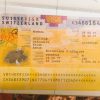
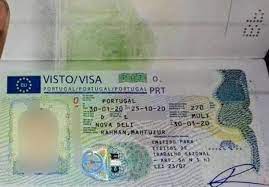
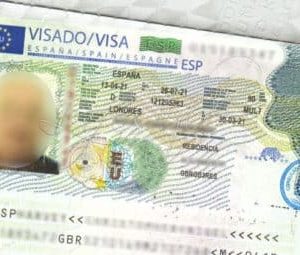
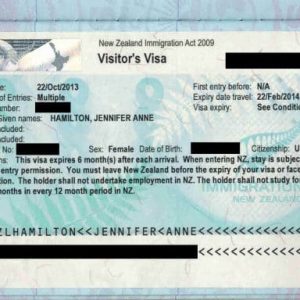
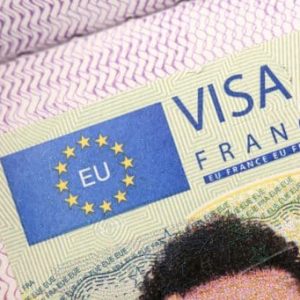
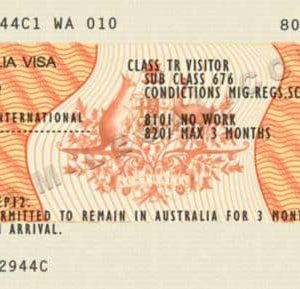

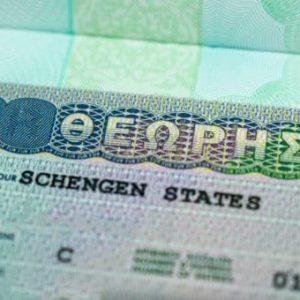

Reviews
There are no reviews yet.